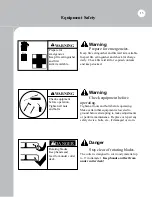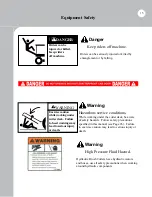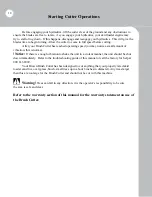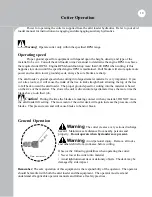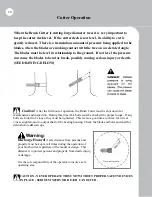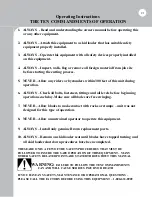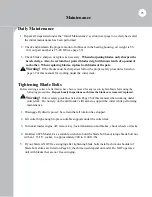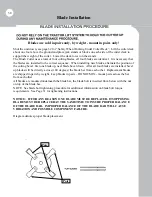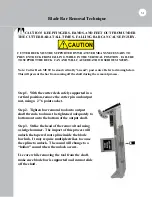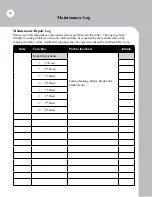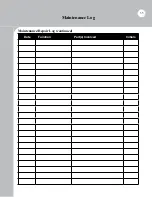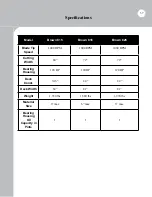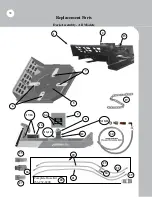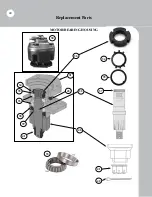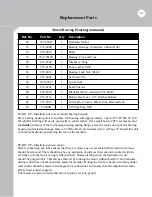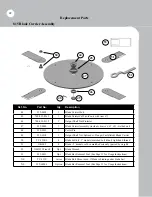
27
Tightening Blade Bolts (
continued
)
The second danger is, when the bolt is not sufficiently tight, the blade is allowed excess vertical
movement when it strikes an object, be it something it will cut or something into which it should not
come in contact. In this situation, the blade is being hammered against the blade carrier and flexed,
or bent, up around the edge of the blade carrier at least twelve (12) times per second, generally fifteen
(15) times per second. This situation will cause the blade to break from fatigue and to be ejected from
the cutter.
The third danger is that, while the second situation is occurring, the blade bolt is also hammering
the underside of the blade carrier; the shoulder of the blade bolt beats an indention around the blade
bolt hole into which the bolt shoulder
will fit. When this damage occurs,
the blade bolt will pull up into the
indention when the bolt is tightened,
causing the blade to jam so that it
can no longer pivot on the blade bolt.
A jammed blade will break either
from fatigue or from catastrophic
occurrence and will allow the blade to
be ejected. A blade carrier damaged
in this manner must be taken out
of service immediately. Repair the
blade carrier (contact Brown Mfg.
Corp. for instructions) and replace
the blades and blade bolts before
returning the machine to service.
All three of the described occurrences will cause the blades to break and be ejected. An
ejected blade can and will cause serious injury or death.
REMEMBER: Blades must pivot freely and blade bolts must be tight!
Shims are available if your blades bind when bolts are
tight, see Page 42 for part number of shims.
Maintenance

